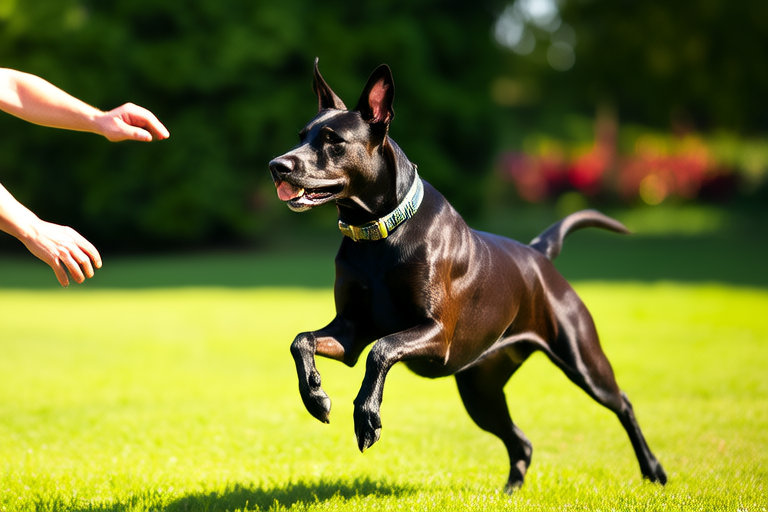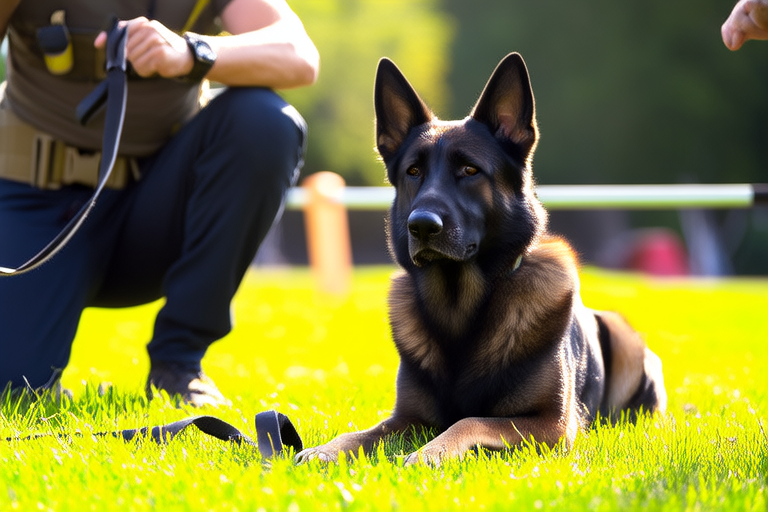
Top 10 Activities for Keeping Your German Shepherd Happy and Healthy
German Shepherds are intelligent, loyal, and energetic dogs that require both mental and physical stimulation to thrive. Ensuring your German Shepherd is happy and healthy involves providing a variety of activities that cater to their unique needs. This article explores ten top activities that can help you keep your German Shepherd in peak condition.
1. Daily Walks and Running
Daily walks and running are fundamental for German Shepherds. These large, athletic dogs need at least one hour of moderate to intense exercise daily to maintain their physical fitness. Walking provides cardiovascular benefits, strengthens muscles, and improves joint health. Running can further enhance stamina and agility.
Tips for Beginners: Start with shorter walks or runs and gradually increase the duration and intensity. Always warm up before starting and cool down afterward. Ensure your dog has proper foot care and consider investing in quality dog boots if necessary.
Walking and running also offer mental benefits by exposing your dog to new environments, people, and smells. This helps in socialization and reduces anxiety.
2. Swimming
Swimming is an excellent low-impact exercise that is particularly beneficial for German Shepherds with joint issues or arthritis. It builds muscle strength without putting stress on joints.
Tips for Beginners: Introduce swimming gradually. Start in shallow water and use a life jacket for safety. Never force your dog into the water if they show reluctance.
Swimming provides a full-body workout and mental relaxation. It is especially enjoyable during hot weather, helping to cool off your dog while exercising.
3. Agility Training
Agility training challenges your German Shepherd physically and mentally. It involves navigating through obstacles like tunnels, jumps, and weave poles. This activity enhances coordination, balance, and problem-solving skills.
Tips for Beginners: Begin with simple obstacle courses and gradually increase complexity. Reward successful completion of tasks with treats and praise.
Agility training not only keeps your dog fit but also strengthens the bond between you and your pet. It requires patience and consistency to master.
4. Puzzle Toys
Puzzle toys provide mental stimulation by challenging your dog to solve problems to get treats or rewards. These toys encourage cognitive thinking and prevent boredom.
Examples of Interactive Toys: KONG Classic, Nina Ottosson Dog Brick, and Outward Hound Hide-A-Squirrel.
Mental stimulation is crucial for preventing behavioral issues caused by boredom. Puzzle toys can be used during playtime or left out for solo play sessions.
5. Fetch and Frisbee
Fetch and playing Frisbee are classic games that engage both body and mind. They promote eye-hand coordination and provide bonding opportunities.
Tips for Beginners: Choose soft, durable balls or discs designed for dogs. Ensure your dog knows the command “drop it” to avoid overexertion.
These games also improve obedience and responsiveness. They are particularly effective for burning excess energy, especially in younger, more active German Shepherds.
6. Training Sessions
Training sessions, whether for basic commands or advanced tricks, stimulate your dog’s brain and teach them discipline. Training can be done indoors or outdoors, making it adaptable to various environments.
Tips for Beginners: Keep training sessions short and positive, using treats and praise as rewards. Focus on one command at a time until mastered.
Training improves communication between you and your dog, leading to better behavior and a stronger relationship.
7. Hiking
Hiking offers a natural way for your German Shepherd to explore and exercise. It provides a change of scenery and allows for exploration, which can be mentally stimulating.
Tips for Beginners: Start with easy trails and gradually increase difficulty. Always carry plenty of water and snacks for your dog. Check for ticks after the hike.
Hiking promotes cardiovascular health, strengthens muscles, and reduces stress. It is ideal for dogs that enjoy outdoor adventures.
8. Nose Work
Nose work engages your dog’s sense of smell, a primary sense for dogs. It can involve searching for hidden treats, finding specific scents, or locating objects. This activity sharpens scent discrimination skills and encourages independent thinking.
Tips for Beginners: Start with simple hide-and-seek games. Gradually increase complexity by hiding treats in different locations or using various scents.
Nose work is particularly beneficial for German Shepherds, as they have strong olfactory abilities. It can be done indoors or outdoors and is a great way to tire out your dog mentally.
9. Socialization
Socializing your German Shepherd with other dogs and people is vital for their emotional well-being. Positive interactions reduce fear and aggression and promote friendly behavior.
Tips for Beginners: Introduce your dog to new environments and individuals gradually. Use treats and praise to reinforce good behavior.
Regular socialization helps your dog become confident and well-adjusted. It is especially important during puppyhood but should continue throughout the dog’s life.
10. Rest and Relaxation
While exercise and mental stimulation are essential, rest and relaxation are equally important. German Shepherds need adequate sleep and downtime to recover from physical exertion and mental challenges.
Tips for Beginners: Create a comfortable, quiet space for your dog to relax. Establish a consistent routine for sleep and rest periods.
Adequate rest ensures optimal physical and mental health. It prevents burnout and exhaustion, allowing your dog to stay active and engaged longer.
Balancing Activities
When planning activities for your German Shepherd, consider their age, health condition, and energy levels. Puppies and young adults typically have higher energy levels and can handle more rigorous activities. Older dogs may benefit from less strenuous exercises like walking and swimming.
Monitor your dog’s responses to different activities. If your dog shows signs of fatigue, discomfort, or reluctance, adjust the intensity and frequency accordingly. Consult with a veterinarian if you have any concerns about your dog’s health or fitness level.
In conclusion, keeping your German Shepherd happy and healthy requires a balanced approach that includes both physical and mental activities. By incorporating a variety of exercises and mental challenges, you can ensure your dog remains physically fit, mentally stimulated, and emotionally satisfied.






